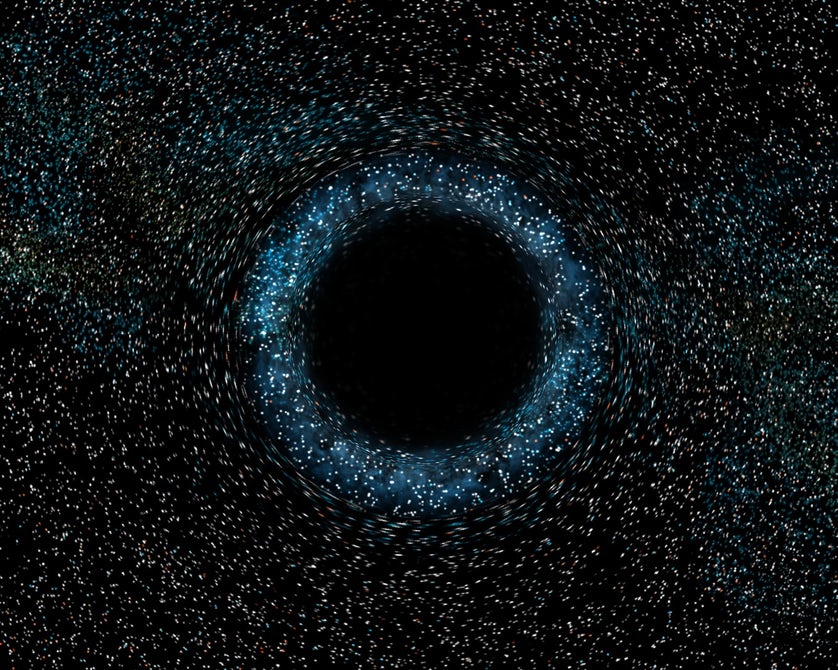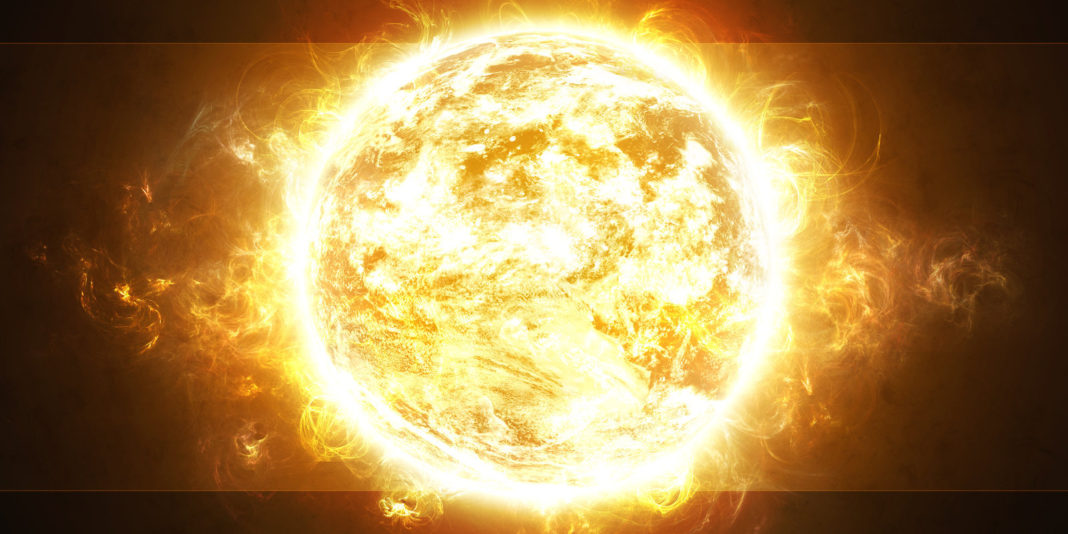The first ever observation of stars forming within a black hole environment has been made by a team of European astronomers. This is a fantastic breakthrough and could help in answering many of those puzzling conundrums including how galaxies get their central bulges. Stars form in clouds of space dust and gas located within disks of galaxies. Over time these clouds collapse and as a result, stellar cores known as protostars are formed. That’s what happens under normal circumstances, but a new study has revealed that some stars are born under much harsher conditions and with far-reaching implications.
In order to effectively observe the colliding galaxies the team conducting the study used MUSE and X-shooter – two powerful spectrograph instruments mounted aboard the European Southern Observatory’s Very Large Telescope (VLT). The driving force behind these powerful outflows of dust and gas are thought to be from a supermassive black hole embedded in the middle of these two galaxies. The observations recorded of the outflow showed young stars of less than 10 million years in age speeding away from the galaxy’s center.
Stars detected within the black hole are estimated to be much brighter and hotter than any others we’re aware of and are thought to be roughly 30 times the mass of our Sun. The fates of these stars depend largely on where they’re embedded in the outflow. Those nearer the black hole will have a higher chance of slowing down and being sucked back into the galaxy. However, those forming near the edge of the stream may be ejected entirely and flung off into space.
This could help explain why the intergalactic medium is so enriched with heavy elements. Ejected stars could effectively wander through the galaxy until the end of their lives, dropping off their enriched materials as they go. This enrichment may be the reason why some galaxies suddenly stop producing stars. The discovery of these stars inside the outflow could also explain things about our own Milky Way including the reason behind the bulge located in the center of many spiral galaxies.
More News to Read











